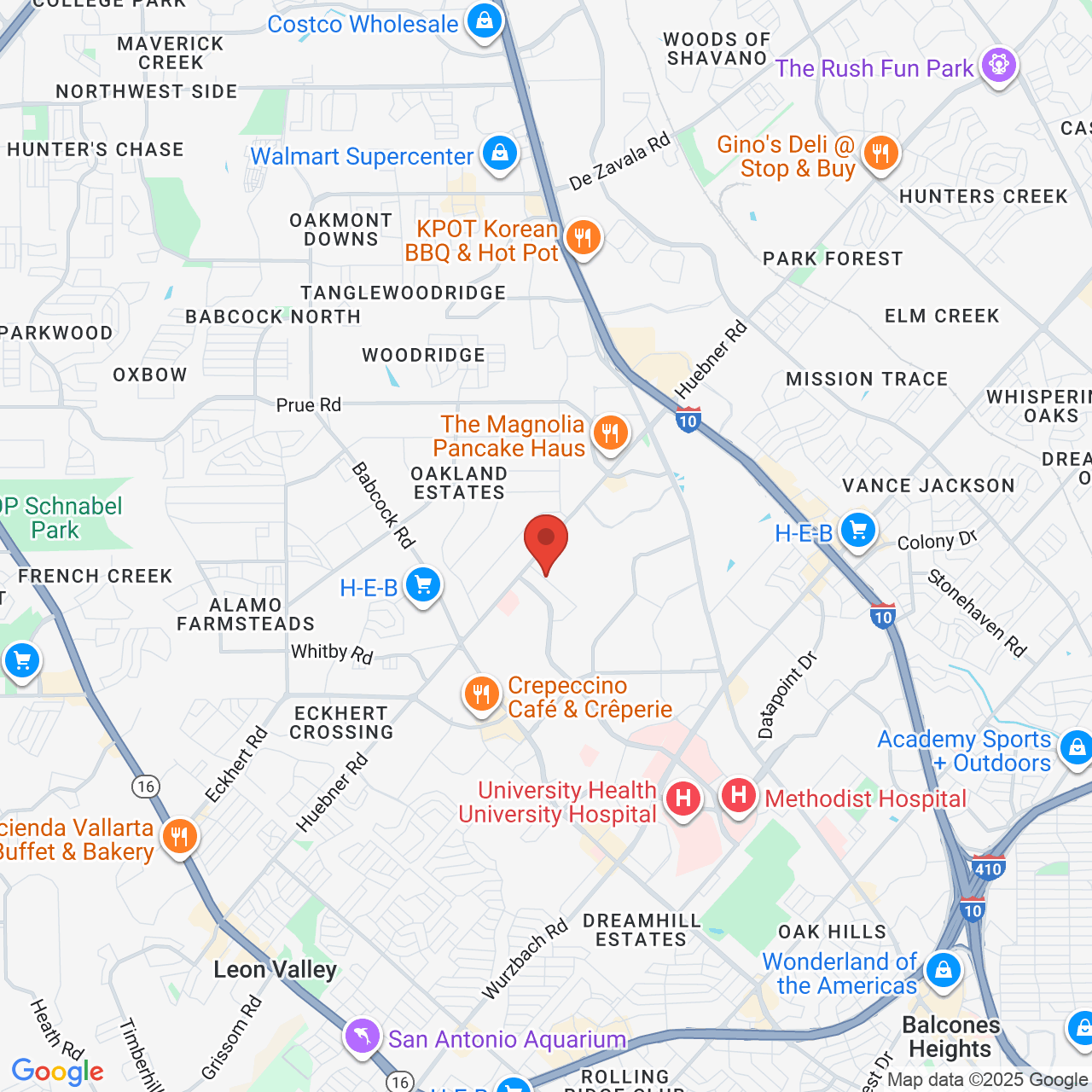Tummy Tuck Side Effects and Risks
 As a result of pregnancies, genetics, or age, the skin around the abdomen can start to loosen, sag, and hang. Although diet and exercise can help reduce abdominal fat, a tummy tuck is the most effective solution for excess skin. A tummy tuck involves removing the excess skin and fat located around the abdomen for a smoother, firmer stomach. Good candidates for a tummy tuck procedure include women who have sagging skin due to multiple pregnancies and who do not plan on becoming pregnant again, as well as patients who have loose abdominal skin due to massive weight loss and whose weight has now stabilized.
As a result of pregnancies, genetics, or age, the skin around the abdomen can start to loosen, sag, and hang. Although diet and exercise can help reduce abdominal fat, a tummy tuck is the most effective solution for excess skin. A tummy tuck involves removing the excess skin and fat located around the abdomen for a smoother, firmer stomach. Good candidates for a tummy tuck procedure include women who have sagging skin due to multiple pregnancies and who do not plan on becoming pregnant again, as well as patients who have loose abdominal skin due to massive weight loss and whose weight has now stabilized.
The Tummy Tuck Procedure
At Dr. Constance Barone’s San Antonio practice, you will be given general anesthesia the day of your tummy tuck procedure, which will take anywhere from one to five hours, depending on whether you are undergoing a complete tummy tuck or a partial one. A complete tummy tuck is a far more extensive and invasive procedure than a mini tummy tuck. Your plastic surgeon will determine which procedure is best suited to your particular needs.
Tummy Tuck Side Effects
As with any surgical procedure, having a tummy tuck comes with its share of associated side effects. Our tummy tuck patients should consider the side effects prior to undergoing this procedure.
- Discomfort: Expect to feel some pain after surgery. You will be prescribed pain medication to help alleviate the pain and minimize your discomfort.
- Swelling: Patients will experience some swelling in the weeks and months following your surgery. Swelling can be reduced by avoiding overexertion in the weeks after tummy tuck surgery, by following a low sodium diet, and applying ice packs to the treatment area.
- Bruising: It is common to experience some bruising on the abdomen for a week or two after surgery. This can be minimized by applying ice packs.
- Numbness: Patients may also feel numbness around the incision site. This normally goes away within a few weeks of surgery.
Tummy Tuck Risks
The risks of tummy tuck surgery are rare, and less likely to occur when patients undergo surgery with a skilled surgeon.
- Bleeding: Patients may experience bleeding after tummy tuck. While some bleeding and leakage is normal, bleeding may also occur under the skin, which can become severe and requires immediate medical attention.
- Infection: Infection at the incision site is also possible. Experiencing a fever, chills, or weakness are all possible signs of infection, which should also be treated promptly, as there is a possibility that it may spread. In order to help reduce the risk of infection, it is important to regularly clean the affected area and change wound dressings. If you suspect infection, notify your doctor immediately.
- Blood clots: Patients who smoke or have pre-existing heart, lung, or liver conditions are at risk for developing blood clots, which can interfere with blood flow to vital parts of the body. A clot can ultimately be responsible for causing a stroke or heart attack.
- Other side effects: Other serious side effects include fluid retention in the legs or abdomen, nerve damage, and aesthetic side effects such as skin discolorations or abnormal scarring. It is important to note that the scars resulting from a tummy tuck are noticeable, and although they made fade with time, they never fully disappear. Your plastic surgeon can help recommend fading creams to help with scarring.
Learn More about Tummy Tuck
You deserve to be the most confident version of yourself. To learn more about how to achieve your ideal abdomen with a tummy tuck procedure schedule a consultation with Dr. Constance M. Barone today.







